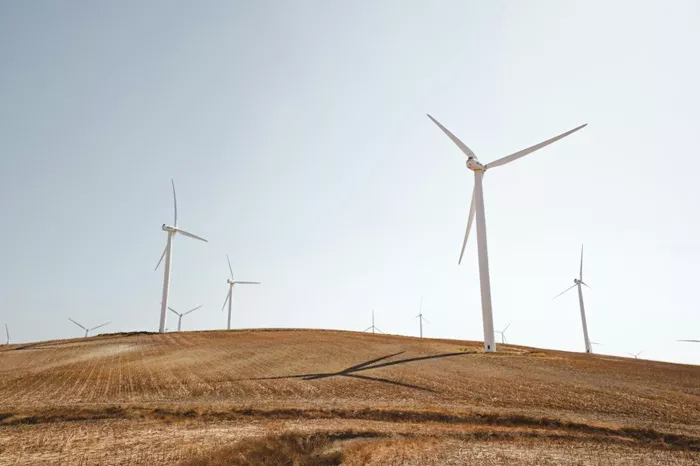Polish energy giant ORLEN has successfully completed the first of four directional drilling projects necessary for the Baltic Power offshore wind farm. This significant development involves the construction of a 1.4-kilometer tunnel designed to house 30-centimeter-diameter transmission cables that will link the offshore wind farm to its onshore substation.
Utilizing Horizontal Directional Drilling (HDD), this operation marks a groundbreaking achievement as the first large-scale application of this technology in Poland. Notably, part of the drilling was conducted offshore, employing divers and a jack-up rig to navigate the underwater section.
According to ORLEN, the drilling process is expected to generate over 8,000 cubic meters of spoil from all four drills, with the extracted sand repurposed for beach restoration projects following winter storms.
Jarosław Broda, a member of the Baltic Power Management Board, stated, “We have completed the first and are carrying out further drilling for submarine cables connecting offshore substations to land. This is the first project of its kind in Poland and stands out from other offshore wind projects across Europe.”
Jens Poulsen, also a member of the Baltic Power Management Board, emphasized the engineering challenges involved: “In Europe, shoreline crossing drills are typically shorter, and if longer, they often feature smaller drill diameters. For Baltic Power, we are facing a substantial engineering task, drilling nearly 1.5 kilometers beneath dunes, the beach, and the seabed. We cannot drill from just one side, but we are committed to minimizing environmental disruption.”
The onshore substation, located approximately 8 kilometers away in Osieki Lęborskie, is being constructed to receive energy from the wind farm and integrate it into the national grid. ORLEN anticipates the completion of the substation by the fourth quarter of 2025.
Additionally, the power line connecting to the substation will be installed underground, designed to mitigate environmental impacts.
Developed in partnership with Canadian independent power producer Northland Power, the Baltic Power offshore wind farm is situated 23 kilometers off the Polish coastline. With a planned capacity of 1,140 megawatts, it is one of the most advanced projects proposed in the Polish Exclusive Economic Zone of the Baltic Sea.
ORLEN highlights the project’s uniqueness, noting it is among the first globally to utilize 15-megawatt wind turbines and one of the first to incorporate a significant portion of low-carbon steel in its turbine towers. Each turbine will tower over 200 meters high, featuring a rotor area of approximately 43,000 square meters.
Scheduled for completion in 2026, the Baltic Power wind farm will be Poland’s inaugural offshore facility in the Baltic Sea, projected to meet 3% of the country’s energy needs.
In line with its ambitious energy goals, Poland is working to establish itself as a significant player in offshore wind, aiming for a minimum of 3.4 gigawatts of capacity by 2030, according to the International Energy Agency.
Related topics:
- TotalEnergies and RWE Partner on 4GW North Sea Offshore Wind Projects
- Fed’s Recent Rate Cuts: What They Mean for the Manufacturing Sector
- Strabag Tests Fully Autonomous Asphalt Paving Technology on Austria’s A9 Motorway

